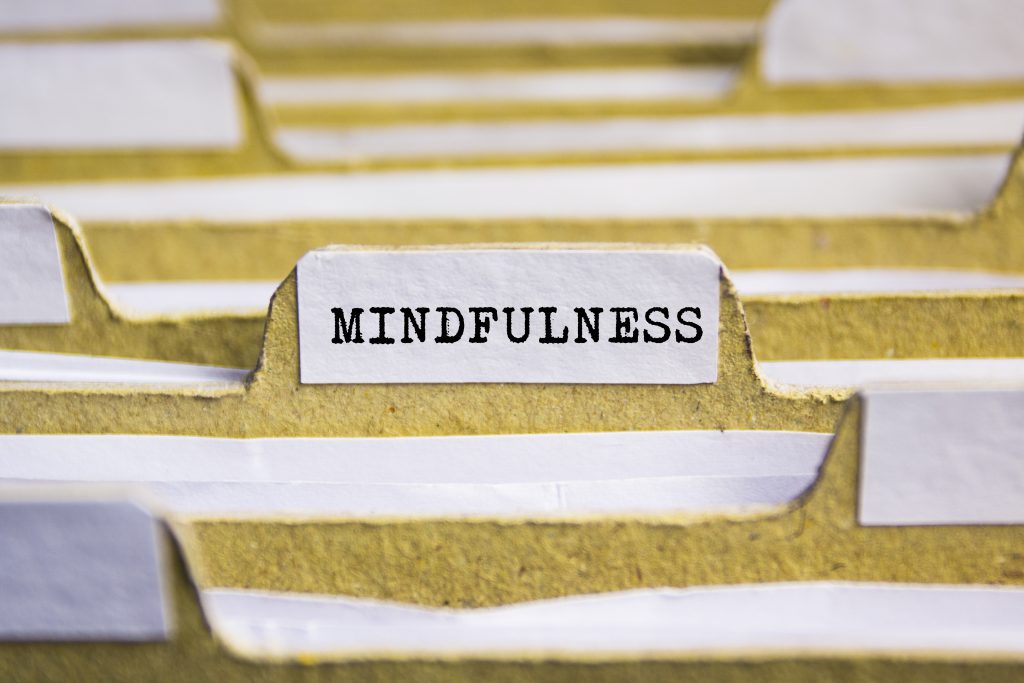
Turn Off Seasonal Depression with These Quick Tips (No Pills Needed)
Do you or a loved one feel especially gloomy in winter? Perhaps you’ve been excessively tired, had little energy, or found yourself overeating consistently. If so, you may be experiencing seasonal affective disorder (SAD), a mood disorder that causes depression-like symptoms during winter months. Common SAD risk factors include:
- Living far from the equator
- Having clinical depression
- Family history of depression or mood disorders
- Younger age
- Being female (They’re 4 times more likely to experience SAD than males.)
There are plenty of reasons that SAD has become increasingly common. Electronic light is convenient, but can lead to altered circadian rhythms (our internal body clock), which controls sleep-wake behavior and hormone secretion. Increased globalization, technology dependence, and shift-work can further disrupt the natural 24-hour cycle that best facilitates emotional wellness.
Even those with strong mental health can experience SAD, but here are some suggestions that can help.

1. Boost Your Vitamin D
SAD often correlates with vitamin D deficiency, and addressing this need can help alleviate depressive symptoms. There are a variety of ways to supplement your vitamin D, most of which center on your diet. Some options include fatty fish, egg yolks, mushrooms, or a medical supplement. Additionally, simply spending time outside triggers your body to produce more vitamin D.

2. Get Some Exercise
Conveniently, exercise is a great reason to get outside for that extra vitamin D. In addition, SAD correlates with lower levels of serotonin, and exercise helps increase it. Any kind of exercise can help, whether it’s home-based, outdoor, or at the gym. There are plenty of ways to start exercising, so find a way that works for you and don’t give up!

3. Engage Your Brain
Keeping an active mind is another way to avoid negativity during the winter months. Doing sudoku, solving crossword puzzles, or reading good books can keep depressive thoughts at bay. In addition, gratitude exercises such as journaling can rewire your brain to think more positively.
Mindfulness is another mental tactic that discourages SAD. Though its definitions vary, the essence of mindfulness is focusing all thoughts on the present with an open mind and accepting heart. Recognizing thoughts, feelings, and reactions to your environment can shed light on emotional darkness.

4. Use Warm Lighting
Lighting your home with bright, warm lights can provide research-based light therapy that combats SAD. Creating a sort of false summer inside your home gives your brain a refuge from the gloomy winter months. Working at Lit Living, we get these benefits by default, but your home can be just as bright as our showroom! It’s doable and cost-effective—browse our catalog to see just how many options are out there.
To get the full emotional boost from your home lighting, you’ll need a certain quantity of warm light. In the bedroom, plan 35-45 lumens per square foot. The living room needs 20-30 lumens/sq. foot and the kitchen 70-80 lumens/sq. foot. Just multiply the length and width of the room, count up the total lumens of your fixtures (lamps included), then divide lumens by square footage.
Example: Your living room is 12’ x 14’, which totals 168 sq. ft. You have one ceiling fan with 4 bulbs, and each bulb has 1100 lumens. That’s a total of 4400 lumens, so divide it by 168 sq. ft to determine that your room is lit at 26 lumens/ sq. ft. Looking great!
Keep in mind that high kelvin ratings are less effective for improving mood, so aim for 3500-5000k. Full spectrum bulbs are a good way to achieve this, along with any other bulb that mimics natural light.
You Can Combat SAD
Though you may not be able to avoid all the winter blues, there are plenty of things you can control. Simple things like your home’s lighting, some daily exercise, and a few minutes outside can help boost your mood. Best of luck from Lit Living— may winter be a beautiful season.
